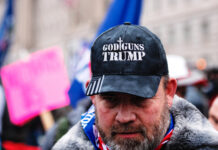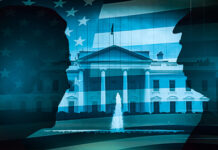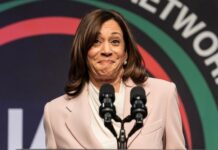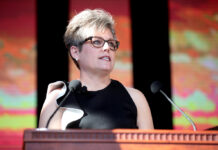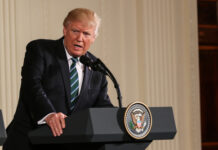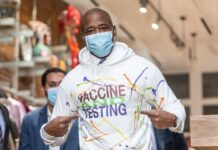
In a world where the unknown often breeds apprehension, recent developments within the military and scientific communities have sparked a fervent discussion on the topic of Unidentified Aerial Phenomena (UAP), commonly known as UFOs. The debate has reached a critical juncture, with insiders advocating for the declassification of secret projects related to these mysterious sightings.
At an exclusive gathering hosted by a prestigious university, retired US Army Colonel Karl Nell made a compelling case for public disclosure of clandestine UFO projects. His argument is not just about satisfying public curiosity; it’s a strategic move to preempt a potentially disastrous leak that could leave the United States at a disadvantage against global rivals. Colonel Nell’s call for a “UAP campaign plan” and a concerted effort akin to a “Manhattan Project” for reverse-engineering UAP technology underscores the urgency felt among those in the know.
EXCLUSIVE: Retired US Army Colonel says secret UFO projects should be made public by October 2030 – to beat America's rivals and get ahead of a 'catastrophic' leak
https://t.co/o0BJKatBJY pic.twitter.com/SN31k31A6K
— wow (@wow36932525) November 21, 2023
The push for transparency isn’t limited to military strategists. Scientists like geneticist Dr. Garry Nolan, co-founder of an influential foundation, are also at the forefront of this movement. With state-of-the-art equipment at his disposal, Dr. Nolan represents a growing faction within the scientific community that seeks to understand the broader implications of UAP for humanity’s future across various fields, from technology to culture.
Despite the enthusiasm for disclosure, there are concerns about the potential social unrest that could follow. The revelation of advanced technologies or encounters with non-human intelligences could challenge the very fabric of society. This fear is not unfounded, as history has shown that significant shifts in understanding can lead to unpredictable public reactions.
Retired US Army Colonel says secret UFO projects should be made public by October 2030 – to beat America's rivals and get ahead of a 'catastrophic' leak https://t.co/dCFBnUtMGn pic.twitter.com/fC6DbqLi9g
— I’m No Angel (@HappyCamper2626) November 22, 2023
Moreover, whistleblowers within the defense sector have expressed mistrust towards the Pentagon’s handling of UAP-related information. Their preference to testify directly to the Senate intelligence committee rather than through official channels indicates a deep-seated concern over the integrity and safety of the current process.
The narrative is further complicated by the impending replacement of the head of the Defense Department’s All-Domain Anomaly Resolution Office. This change comes amidst accusations of dishonesty and negligence, adding fuel to the fire for those demanding a more transparent approach to the UAP issue.
As we look toward the proposed deadline of October 2030 for full disclosure, it’s clear that the stakes are high. The collective voice of esteemed military officials, respected scientists, and courageous whistleblowers forms a powerful chorus calling for action. It is a pivotal moment that could redefine our place in the cosmos and our understanding of the unknown.
The question remains: will the government heed these calls for openness, or will secrecy continue to shroud the enigmatic presence of UAP? Only time will tell, but one thing is certain—the demand for truth grows louder with each passing day.

